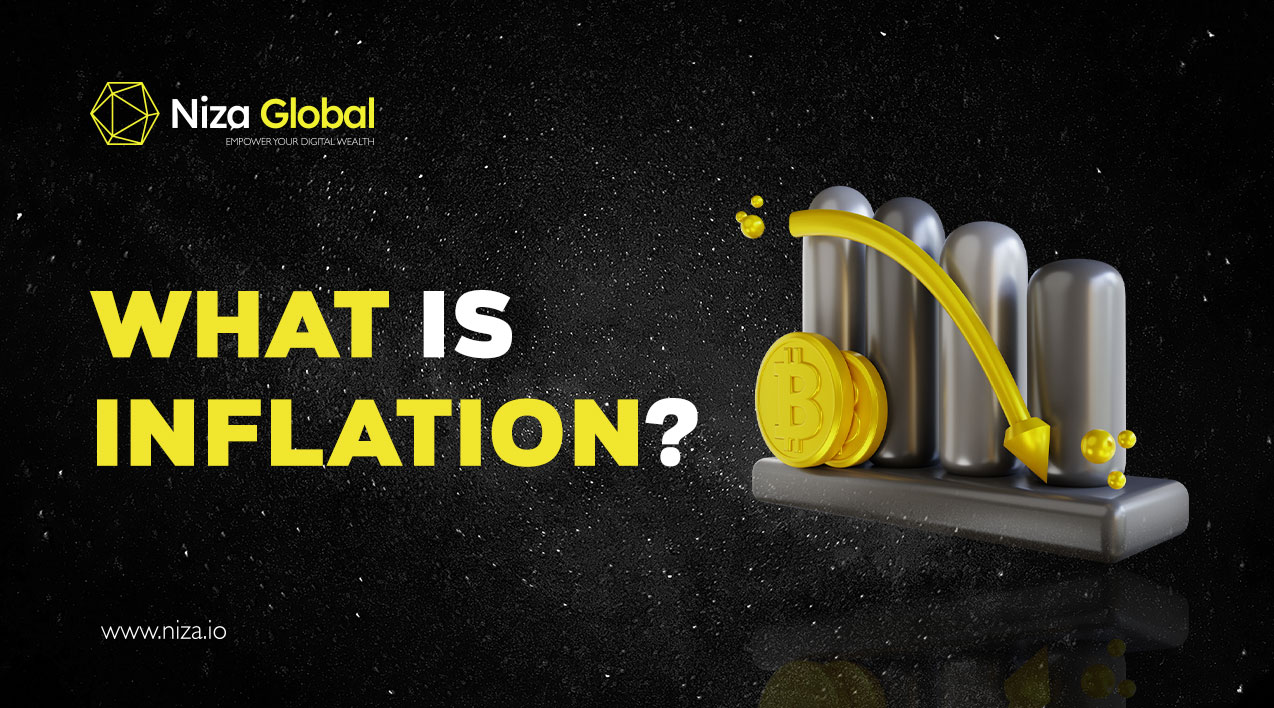Definition
Inflation is the process by which a currency, such as the dollar or euro, loses value over time, causing the prices of goods to rise. Bitcoin, along with certain other cryptocurrencies, is designed to experience predictable and low inflation rates.
One key factor making cryptocurrencies, particularly Bitcoin, appealing to investors is the notion that they are less susceptible to inflation than traditional fiat currencies like the U.S. dollar.
But what exactly is inflation? It refers to the gradual loss of value of a currency, which leads to higher consumer goods prices. Most economists argue that some level of inflation is beneficial for the economy. For example, the U.S. government has printed more money than consumers need over the years, which is why something like a Coke, that once cost a nickel half a century ago, now costs a few dollars.
In contrast, Bitcoin has generally increased in value at a rate far exceeding the depreciation of the U.S. dollar, rising from virtually nothing in 2010 to over $20,000 by late 2020. While Bitcoin’s market is volatile, with dramatic price fluctuations, the long-term trend has been upward. As a result, Bitcoin is becoming an increasingly popular hedge against inflation in fiat currencies.
The primary way Bitcoin resists inflation is through its limited and predetermined supply. The creation of new Bitcoin will gradually decrease in a predictable manner over time. There will only ever be 21 million Bitcoin, and every four years, the amount of Bitcoin mined is halved.
Why is Inflation Important for Crypto?
A high inflation rate for fiat currencies may prompt people to invest in digital currencies, as the money sitting in their savings accounts loses value over time. Bitcoin and certain other cryptocurrencies, such as Ethereum, present an alternative. The economics of the Bitcoin market are intricate, but several features built into the digital currency help it resist inflation.
Bitcoin is immune to manipulation by governments that adjust reward rates or print more money to achieve policy goals. Like gold and other finite stores of value, Bitcoin is thought to increase in value during uncertain times (though this hasn’t always been true — for example, it fell sharply when the COVID-19 pandemic began, along with the stock market). Bitcoin is also more convenient to store and transfer than gold, as it can be sent over the internet.
Scarcity is key to making a store of value resistant to inflation. There will never be more than 21 million Bitcoin. Currently, around 19 million Bitcoin have been mined. Approximately every ten minutes, miners add a new “block,” and 6.25 Bitcoin are added to the network. In 2024, the reward will drop to 3.125 Bitcoin and continue to halve every four years until all Bitcoin are mined. This system, known as the halving, is a built-in feature of the Bitcoin protocol.
This predictable reduction in new supply over time makes Bitcoin unique, as no new Bitcoin can ever be “discovered,” unlike gold.
Do Cryptocurrencies Experience Inflation?
Yes, technically even Bitcoin experiences inflation as more of it is mined, similar to gold. However, because the amount of new Bitcoin mined is halved every four years, its inflation rate will decrease over time.
In practice, as long as Bitcoin’s purchasing power continues to rise against fiat currencies, the relatively low annual inflation rate (a few percent) is not a significant concern for investors.
Not all cryptocurrencies are designed like Bitcoin, however. One growing category of digital currencies, called stablecoins, is pegged to fiat currencies like the dollar. While stablecoins provide a useful, low-volatility savings option, if they are linked to a fiat currency, they are subject to inflation and may lose value over time as the value of their reserve currency declines. Some stablecoins offer rewards, which could alter this equation, especially considering that non-crypto reward rates are often close to zero.


